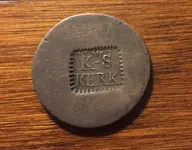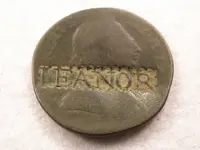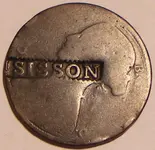paleomaxx
Hero Member
- Joined
- Aug 14, 2016
- Messages
- 841
- Reaction score
- 6,888
- Golden Thread
- 6
- Location
- Upstate, NY
- 🥇 Banner finds
- 6
- Detector(s) used
- Deus XP
- Primary Interest:
- All Treasure Hunting
I found this token today and it looks very intriguing, but I haven't been able to identify it yet. It was in a yard near the center of a town which dates back to the 1750's. The ground is very rocky so all copper coins I've dug here have been in a great state of preservation and this is no exception.
Both sides are stamped with the same block of lettering and a saw-tooth pattern around the border.
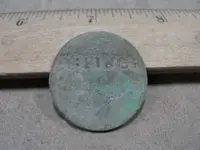
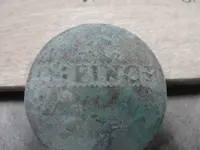
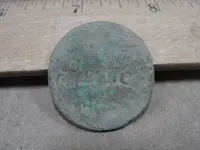
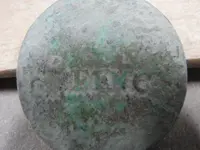
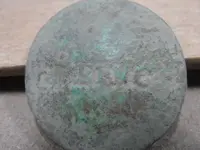
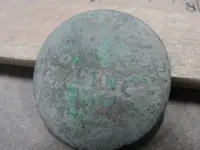
On one side the block is towards the top and on the other it's set in the middle, but it looks like it was struck twice because one side is lower than the other. The lettering is relatively clear, but it doesn't make much sense. I could be wrong, but I'm reading it as "C: Fince" which doesn't pull up anything online. The size is exactly that of a 1700's half-penny. Am I getting the letters wrong? Has anyone seen this token or one in the same style?
Both sides are stamped with the same block of lettering and a saw-tooth pattern around the border.






On one side the block is towards the top and on the other it's set in the middle, but it looks like it was struck twice because one side is lower than the other. The lettering is relatively clear, but it doesn't make much sense. I could be wrong, but I'm reading it as "C: Fince" which doesn't pull up anything online. The size is exactly that of a 1700's half-penny. Am I getting the letters wrong? Has anyone seen this token or one in the same style?




